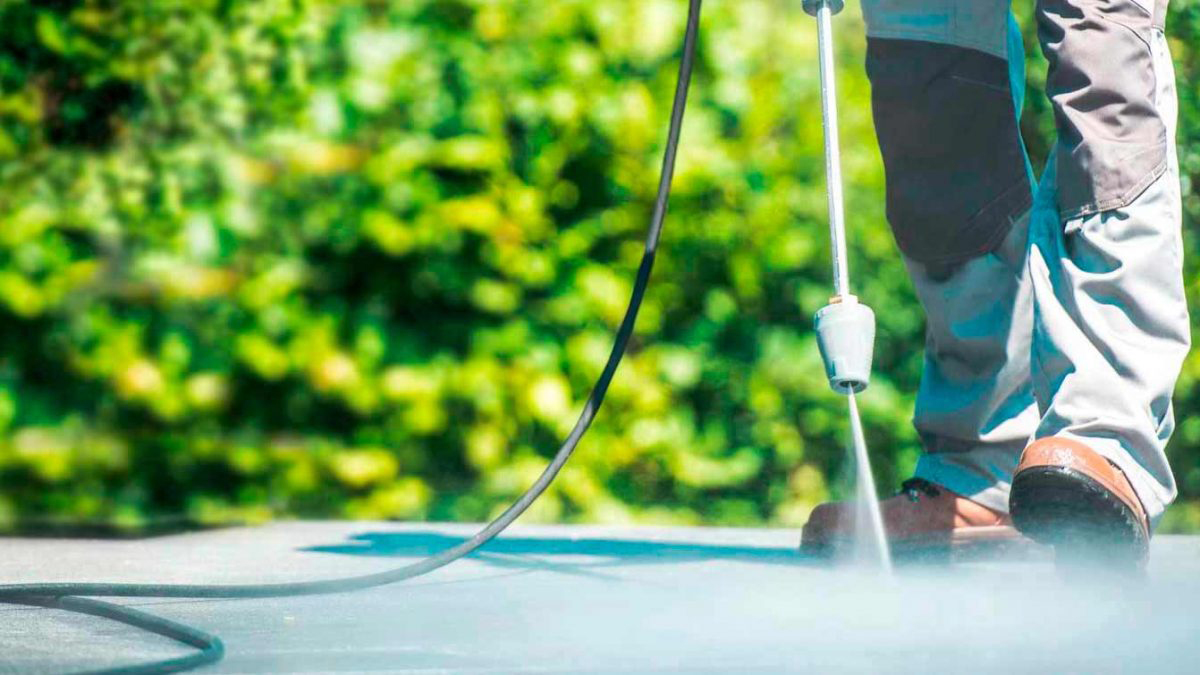Pressure washing or power washing is the use of high-pressure water spray to remove loose paint, mold, grime, dust, mud, and dirt from surfaces and objects such as buildings, vehicles and concrete surfaces.
The name “pressure washing” or “power washing” is not one of those misnomers. At its core, pressure washing involves cleaning using a high propulsion jet of water directed at a particular surface to root out and wash away all traces of dirt. How much pressure or water speed is used depends on the surface and the type of dirt to be removed. For example, pressure washing embedded dirt off of a concrete driveway will require a different pressure setting than pressure washing vinyl siding to remove a bit of mold.
An experienced pressure washing contractor will also have a variety of techniques that can be used to remove dirt without simply “blasting” it away. These techniques ensure that the surface being cleaned won’t be damaged.
Pressure washer power is determined by two things: PSI (pounds per square inch) and water flow, called GPM (gallons per minute). Choosing the correct PSI is crucial in pressure washing, as the higher the PSI, the more force the water will have on the surface you’re cleaning. If the PSI is too high, you can easily damage many surfaces.
The higher the GPM, the faster the cleaning and rinsing process tends to be because more water is being released. The lower the GPM, the longer the cleaning process will take, and a higher PSI will generally be required, risking surface damage.



